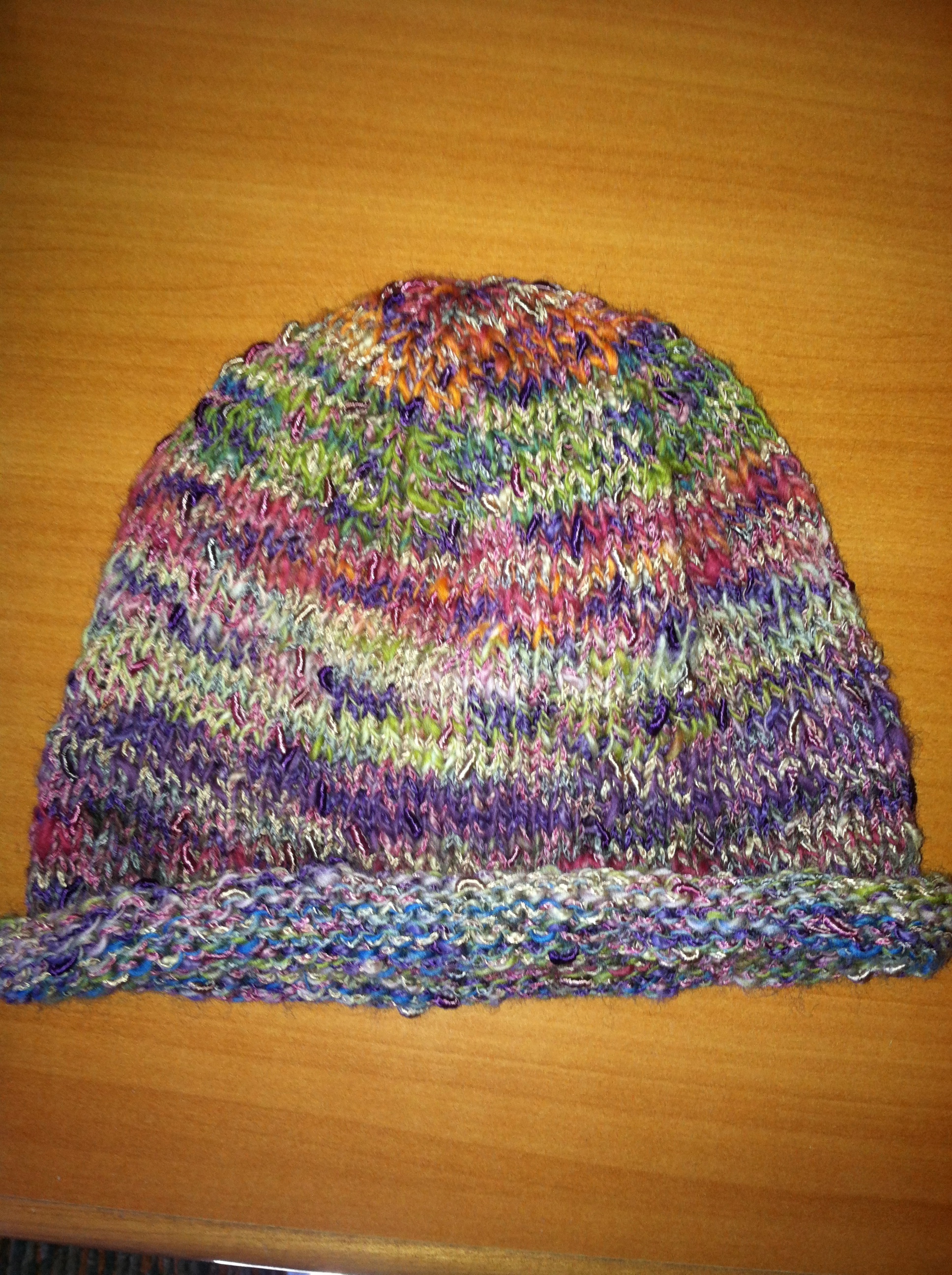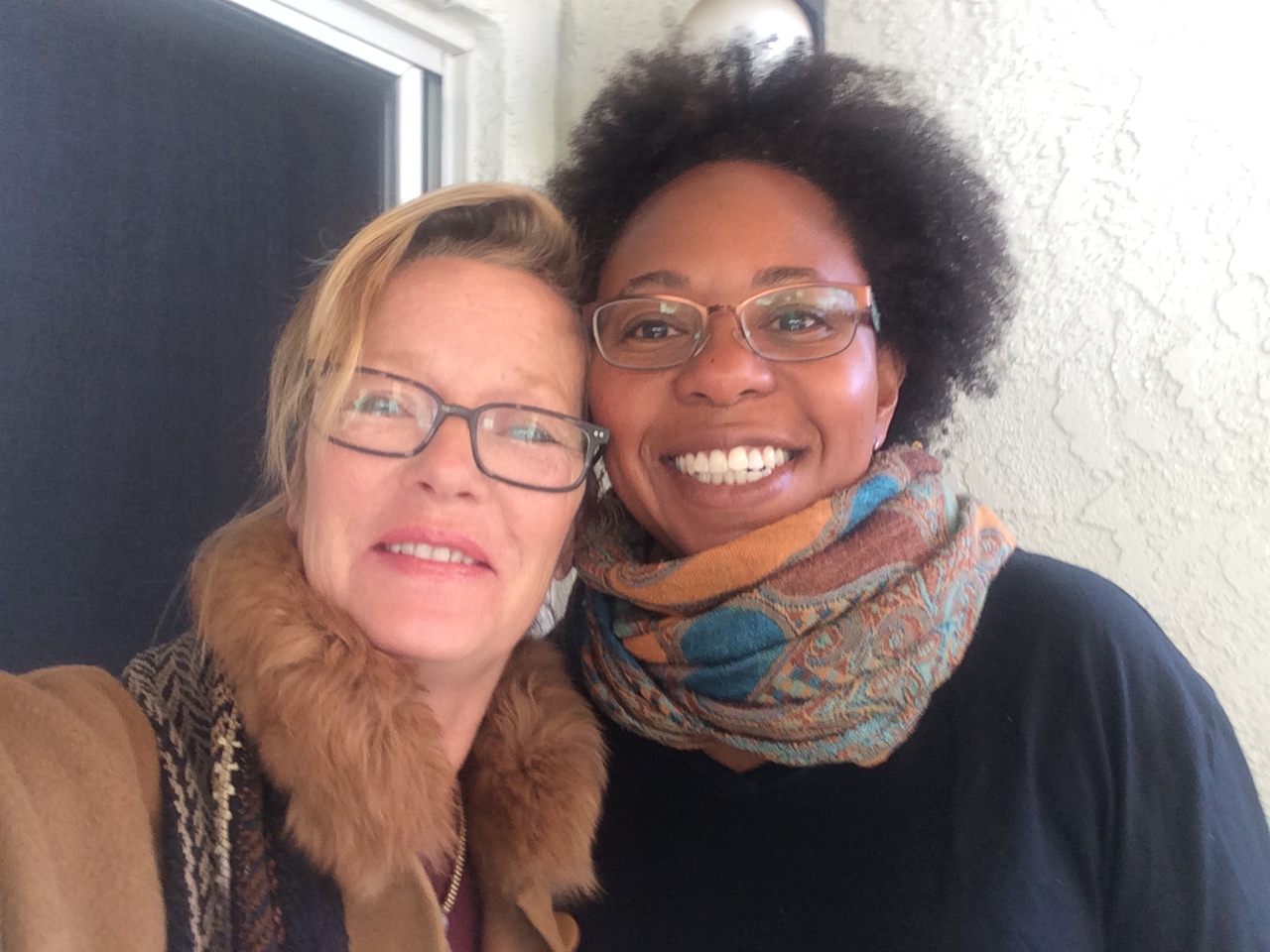“Hidden Agenda: an often duplicitously undisclosed plan or motive.”
A recent “report” by a group called ICER (Institute for Clinical and Economic Review) has issued a 179 page “DRAFT” of a report attempting to evaluate Multiple Myeloma, it’s treatment protocols, drug cost comparisons and QALY (Quality-Adjusted Life Year see: Wikipedia Definition).
Given my headlining quote, you could say I’m immensely dissatisfied and concerned over this so called “draft”. I’m not just dissatisfied, I’m worried. I’m not a researcher, scientist, economist, healthcare specialist, doctor or nurse. I’m a caregiver who has been in Myelomaville since June 2008 taking care of my husband Dave, and our family. This report is deeply troubling. So while I don’t pretend to understand all of it, it’s focus and it’s flaws are very apparent to me as I read through the document.
Multiple Myeloma is a very complex deadly disease, that is also classed as an “orphan disease”. In our almost 8 years of becoming intimate with MM, there are many things that are apparent to those of us battling it, but perhaps not those who are looking at some collection of data regarding the disease without any real experience with it as a treating/researching physician or a patient.
- It is NOT a homeogeneous disease. You simply cannot look at MM through single lens. More like a prism.
 Each patient who presents with Myeloma is sitting before you with their own unique experience. They may be very young, middle aged, or a senior citizen. (And I’m not buying the median age is 70. That data I submit to you is bogus and outdated.) They may have other health issues or were a recent racquetball champion (like my husband). They have genetic presentations. They may have bone involvement, kidney damage, or no symptoms at all seen in a PET SCAN. But they have it and it doesn’t get better without some serious medical intervention at the appropriate time.
Each patient who presents with Myeloma is sitting before you with their own unique experience. They may be very young, middle aged, or a senior citizen. (And I’m not buying the median age is 70. That data I submit to you is bogus and outdated.) They may have other health issues or were a recent racquetball champion (like my husband). They have genetic presentations. They may have bone involvement, kidney damage, or no symptoms at all seen in a PET SCAN. But they have it and it doesn’t get better without some serious medical intervention at the appropriate time. - There is yet to be a definitive cure. A clear path, with all it’s various presentations.
- We have more research activity in this orphan disease than probably any other in the world. (A really good thing)
- We have enjoyed recent treatment breakthroughs like none other (enough to make the Washington Post “A November to Remember”)
- We have moved MM from 1-3 yrs, to 3-5 yrs, to 5-7 yrs in the eight years since my husband’s diagnosis.
- We are close to moving it from terminal to chronic and from there cure. Yes CURE! It is no longer a crime to say Multiple Myeloma and Cure in the same sentence as it was in 2008 and before.
- Quality of Life? I often tell folks it’s sometimes hard to find Myeloma Survivors because they are out living their lives! QOL is a whole other topic that a 179 page report could be drafted on. QOL is a deeply personal perspective. Doctor bias on this issue is a personal peeve I have. Doctors will refrain from putting patients on life saving combination therapies because of their view of a person’s quality of life and the idea that the patient is terminal anyway. If you take the Doctor’s bias out of the equation and talk to the patients, again we are not monolithic in our view of it. A young mother in her early 30’s with a myeloma diagnosis and two grade school children will give you a very different view of what is important to her than a 69 year old patient with diabetes, heart disease and such. You simply cannot quantify QOL or (QALY) through one lens in Myeloma. It is not a quantifiable hard science. It’s a deeply emotional one.
So this report in my opinion is deeply flawed, narrow in focus, downright incorrect in some of its most basic unqualified assumptions, lacking in any actual real world knowledge about our disease, it’s history, our struggles for survival, and that many of us do have a great quality of life, though perhaps altered, while others may not. It reminds me of a bunch of nerdy bean counters sitting in a windowless office crunching nothing but numbers with no human element whatsoever, and getting all excited about their excel spread sheet and that it has finally balanced!
Many have suggested it is well intentioned. I’m not so sure about this. And I’ve been thinking about it now nonstop for two weeks. I wonder why ICER would pick Myeloma to draft a report on. I wonder if our recent breakthroughs in new drug classes and the coveted immunotherapies didn’t peak someone’s interest with an agenda that we can’t even begin to pick out of the haystack. In our efforts to bring attention to Myeloma at every opportunity, we may have brought attention to ourselves by some folks that don’t have our best interests.
My concerns?
- This report will move forward to publication in much the same form it is now.
- It will have unintended (or intended) consequences that will not forward the care, the cure, or the well being of multiple myeloma patients and their families.
- That local oncologists will continue to treat patients with less effective approaches (single agents) and use this report, drug costs and QALY analysis to justify substandard treatment of MM. (Which skew survival numbers by the way!)
- And the worst, that insurance companies who rightly are always searching for ways to improve their bottom line, will use this report to deny care based on costs and QALY as a direct result of this report.
- And even worse, pharma and researchers will pull out of the search for better treatments and outcomes for myeloma patients.
One fellow patient in a recent discussion (he’s a cost analysis kind of guy) made what I felt was an astute observation and yet another flaw in this report. While the drug costs do make you gasp, spit your coffee, hold your breath and take a step back, this report presents it out of context with the overall drug cost paradigm in cancer treatments across the board. In other words, we are a very small rag tag group of patients who are feverishly trying to stay alive long enough to be lucky enough for there to be a paradigm shift in therapies (as I believe we are enjoying right now, today). We aren’t millions and millions of patients getting treatment and generating billions and billions for big pharma. Quite the contrary. Now take that idea and look at other more prolific cancers, like breast cancer and many others. Those patients are paying similar drug prices as we are and yet they are in the millions. So who is gouging who? Should they be paying less compared to us or should we be paying a lot more because we are so small a patient pool? Costs of drugs and their continuing escalation in price, along side not finding cures, but instead keeping cancer patients on a drip drip drip of some cancer drug, is another topic that a 179 page draft report could be written on. But in the interim, to present our data in this fashion without any relativity, lacks integrity on the part of the authors, in my humble opinion.
I’ve missed the opportunity to make a public comment on their website (if you can get the links to work properly). There will be an open meeting May 26th in St. Louis, MO which folks can have an limited opportunity to speak. So in lieu of that, I have made my pitch here in the hopes it will find it’s way to whoever will be on the voting board. And I suggest that ICER consider having a healthcare attorney as part of that voting board. One MM doctor who is on the voting board, and hates the high cost of drugs, kept telling me that I am wrong. We would still get our drugs as prescribed by our physicians of choice. Insurance wouldn’t deny us because of this report. I asked him if he could guarantee that? He said, “Well no, I’m just a doctor.” Yes, well doc, “First do no harm.” I agree drug prices are exorbitant, but don’t lose sight of the fact that this report is seriously flawed and you know it. If there wasn’t a discussion on drug prices you would say it was junk. Put the patient first and fight the pharmas in a different way, but not lumped into a report that singles out a small group of orphan disease patients who are for the first time enjoying true hopefulness for a cure.
I don’t want this battle. As a caregiver, whose husband has enjoyed seven blissful years of remission and QOL, who continues to work as an executive vice president of a nationwide communications company, has seen his children graduate college and marry, and is now successfully battling relapse – well I need this like a hole in the head, thank you very much. And I am deeply sorry to bring this to your attention as well. We are all just trying to get decent healthcare and do some small or large part to make a dent in this disease for ourselves and others. My blog is usually a feel good sort of endeavor. I hate that this is now coming down on us all like a sledgehammer. All we can do is stand as one and let our voices be heard. So use your social media and let ICER know how you feel about what they have done. SCREW their two week open public comment period. We have other avenues to have our voices heard. Be respectful, but be clear.
Note: A recent post by an MM patient in the Myeloma FB group reported that her insurance company denied her use of Velcade stating it was “medically unnecessary”. While I don’t think this report is a direct correlation to this, though the timing is rather ominous, she and her doctor now have the arduous process of appealing the decision. Like we don’t have enough to deal with!





















